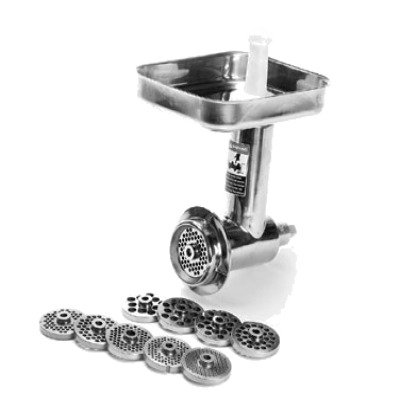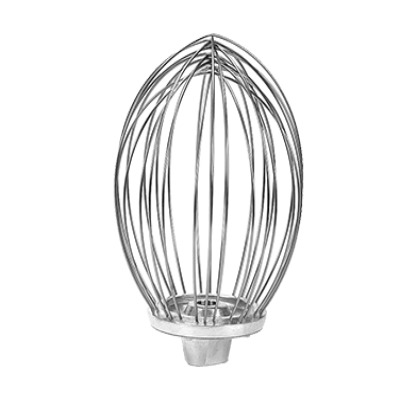In the controlled environment of a correctional facility, maintaining impeccable hygiene is not just crucial for the well-being of inmates but also for the overall safety of the institution. Among the many areas that require meticulous attention, the cleaning and sanitization of correctional food service equipment play a paramount role. In this post, we will explore the best practices that correctional facilities can implement to ensure optimal cleanliness and hygiene in their food service operations.
Create a Comprehensive Cleaning Schedule: Establishing a systematic and well-documented cleaning schedule is essential for efficient maintenance. Assign specific cleaning tasks for each equipment item, including ovens, grills, fryers, and preparation surfaces. Clearly outline the frequency and method of cleaning, taking into account manufacturer recommendations and regulatory guidelines.
Train and Educate Staff: Properly trained staff members are the cornerstone of effective cleaning and sanitization practices. Conduct comprehensive training programs to ensure that your food service personnel understand the importance of hygiene, are familiar with equipment-specific cleaning procedures, and are aware of potential hazards associated with improper cleaning.
Use Appropriate Cleaning Agents: Selecting the right cleaning agents is crucial to effectively remove food residues, grease, and bacteria from equipment surfaces. Ensure that the cleaning agents are specifically formulated for use in correctional food service environments and are approved by relevant health and safety authorities. Follow the manufacturer's instructions and dilution ratios for optimum results.
Implement Thorough Cleaning Procedures: Cleaning correctional food service equipment goes beyond surface cleaning. Develop detailed step-by-step procedures for each piece of equipment, encompassing dismantling, removing detachable parts, and accessing hard-to-reach areas. Pay special attention to areas prone to bacterial growth, such as crevices, seams, and joints.
Adopt Proper Sanitization Methods: After thorough cleaning, it is essential to sanitize the equipment to eliminate harmful pathogens effectively. Use appropriate sanitizing agents, such as chlorine-based or quaternary ammonium compounds, following recommended concentrations and contact times. Ensure that sanitizers are food-safe and comply with relevant regulations.
Regularly Inspect and Maintain Equipment: Frequent inspections play a vital role in identifying and rectifying potential issues before they escalate. Regularly assess equipment for signs of wear, damage, or malfunction that could compromise cleanliness or pose safety risks. Schedule preventive maintenance to ensure equipment operates optimally, minimizing the risk of contamination.
Promote Personal Hygiene Practices: Emphasize the significance of personal hygiene among food service staff. Encourage proper handwashing, the use of gloves, and the regular changing of aprons or uniforms. Provide adequate handwashing stations and promote a culture of cleanliness and hygiene throughout the facility.
Monitor and Document Cleaning Procedures: Maintain detailed records of cleaning and sanitization activities for compliance purposes. Document cleaning dates, products used, staff responsible, and any identified issues or observations. Regularly review these records to ensure adherence to cleaning schedules and identify areas for improvement.
Maintaining a high standard of cleanliness and hygiene in correctional food service equipment is crucial for the well-being and safety of both inmates and staff. By implementing the best practices outlined in this post, correctional facilities can create a robust cleaning and sanitization framework that ensures the delivery of safe and wholesome meals while upholding stringent health and safety standards.




















